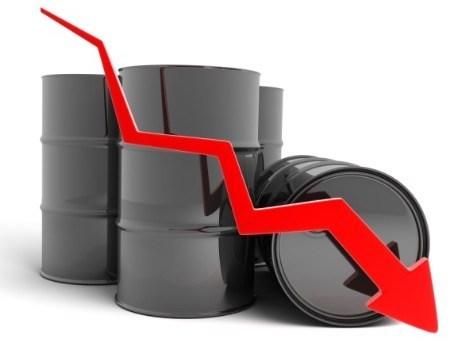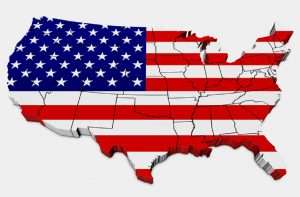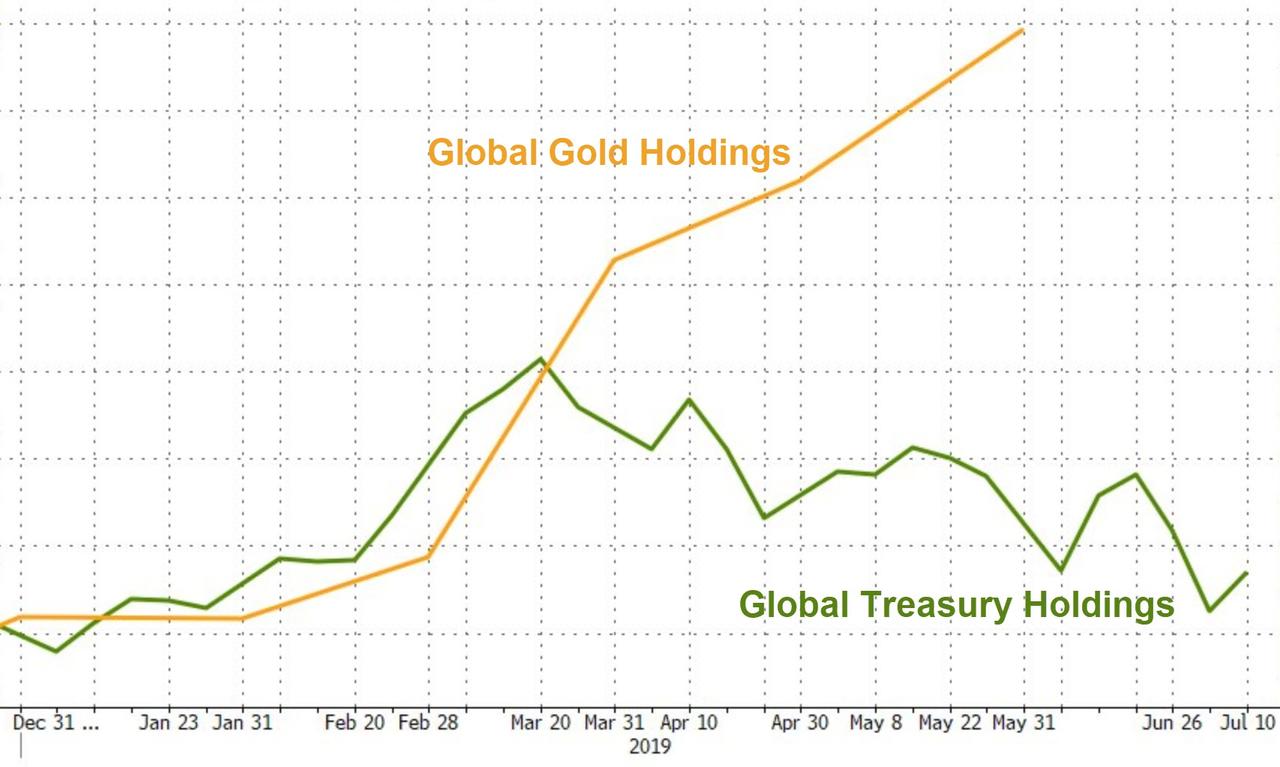Authored by Nick Cunningham via OilPrice.com,
After weeks of gloom, the oil market is tightening up once again. But it’s not clear how long the upward cycle will last. OPEC admitted this week that it may need to keep the production cuts in place, perhaps beyond the latest extension, because of soaring production from U.S. shale.
A combination of geopolitical tension in the Persian Gulf, outages in Venezuela and Iran, a pending interest rate cut by the Federal Reserve, and the brewing storm in the Gulf of Mexico has led to strong price increases in oil over the last few days.
The rally might have “further to go,” as Standard Chartered put it in a recent note to clients. “We think the rally is likely to continue, allowing Brent to move well above USD 70/bbl and WTI to test above USD 65/bbl,” the investment bank wrote. “Fundamentals are supportive in Q3; we project a 0.5 million barrels per day (mb/d) global supply deficit,” while data from the IEA and OPEC suggests an even larger deficit, analysts with Standard Chartered said.
They are not alone. The EIA reported an enormous 9.5-million-barrel decline in inventories last week.
“This fourth consecutive weekly decline in US crude oil stocks shows that the US oil market is now tightening too,” Commerzbank said. Storms in the Gulf of Mexico and rising tension in the Middle East are also bullish factors.
“The overall situation points to further rising oil prices in the short term,” Commerzbank concluded.
But, some of these are temporary factors that could dissipate, especially with shale supply still growing quickly. In OPEC’s latest Oil Market Report, the group laid out the challenge facing oil exporters. Demand growth may only reach 1.14 million barrels per day (mb/d) this year, but supply growth from non-OPEC countries alone could top 2.05 mb/d. Next year, non-OPEC supply could jump by another 2.4 mb/d, with demand again only growing by 1.14 mb/d.
In other words, OPEC+ may be stuck with the production cuts, forced to perpetually extend them in a Sisyphean attempt to keep oil prices from collapsing. The supply curtailments do indeed put a floor beneath prices, but that only serves to prop up even more shale drilling.
“Infrastructure constraints – particularly pipeline capacity in the Permian, the downward trend in rig counts, lower activity by service companies and less fracking – indicate a growth slowdown in 2019,” OPEC wrote in its report. “However…[w]ith 2.5 mb/d of expected new pipeline capacity from the Permian to the USGC, production from the booming Permian Basin is forecast to grow without any constraints.” More pipelines means more drilling, which ultimately means more supply hits the global market.
New export terminals also come into play. “The pipeline expansion along with port enhancements for more exports – particularly in Corpus Christi – is expected to increase from a current level of about 1 mb/d to around 2.9 mb/d by the end of 2020,” OPEC said.
OPEC’s conundrum is stark. Although written in the bland language of a typical forecast, OPEC’s July report offered a rather grim outlook for the cartel. “Demand for OPEC crude for 2019 was revised up by 0.1 mb/d from the previous report to stand at 30.6 mb/d, 1.0 mb/d lower than the 2018 level,” the report said. “Based on the first forecasts for world oil demand and non-OPEC supply for 2020, demand for OPEC crude for 2020 is projected at 29.3 mb/d, 1.3 mb/d lower than the 2019 level.”
In other words, as U.S. shale continues to grow at a brisk pace, OPEC is faced with the possibility that its production cuts are insufficient in balancing the market. Is OPEC suggesting that it might not only need to extend the production cuts, but that it might need to slash output even further in 2020? Time will tell, but the initial look into next year’s supply/demand figures are not encouraging if you are a member of the cartel.
via ZeroHedge News https://ift.tt/2LiPd48 Tyler Durden





